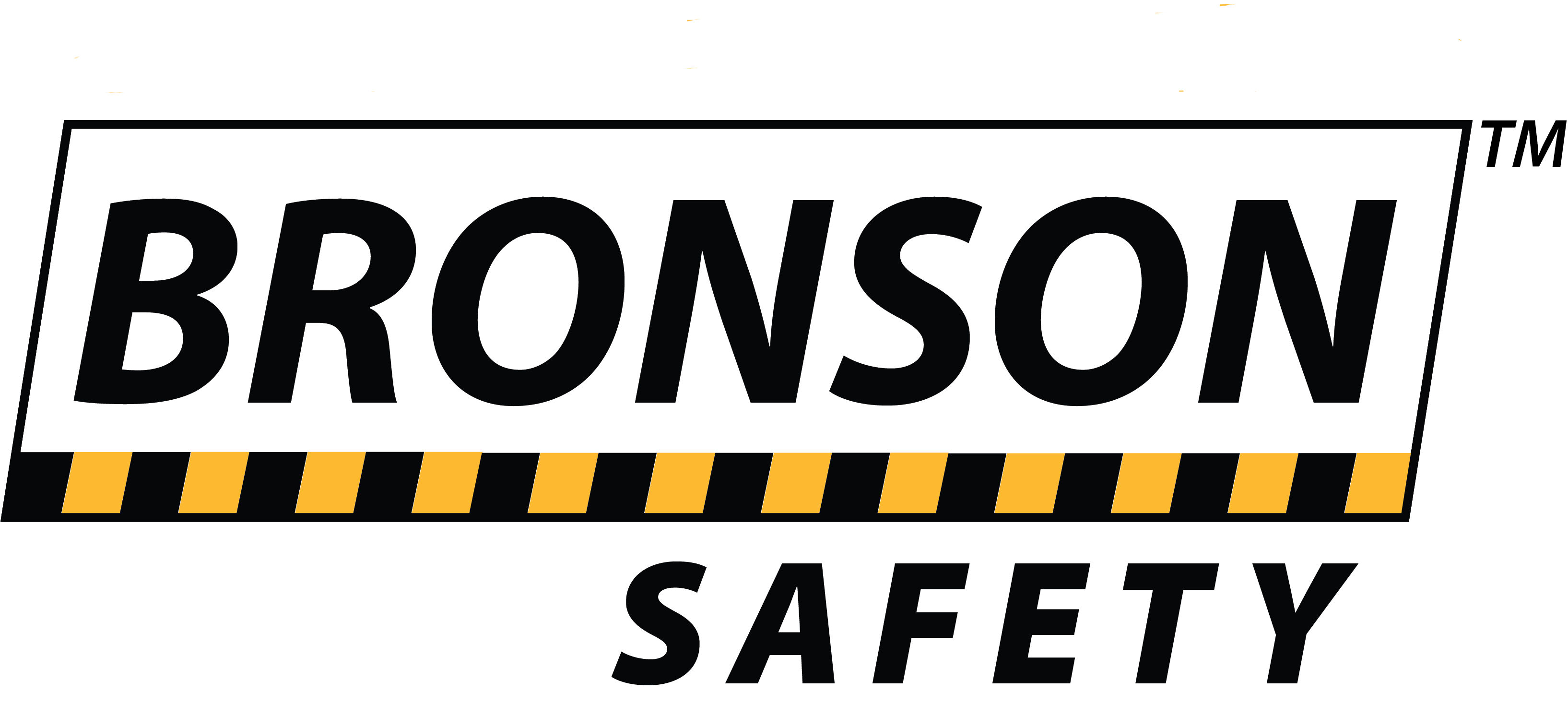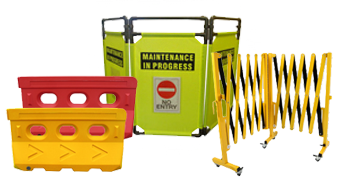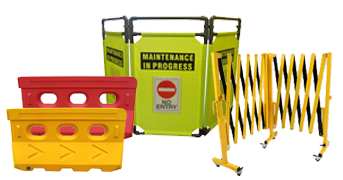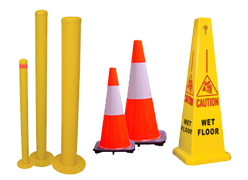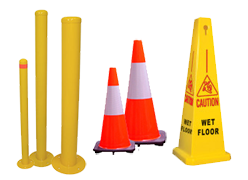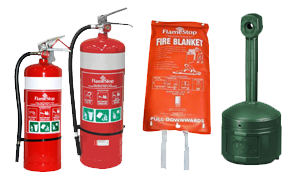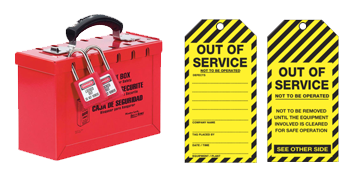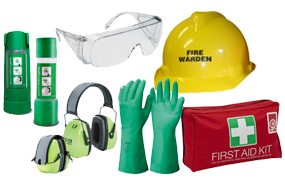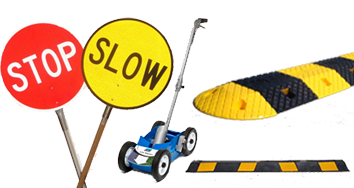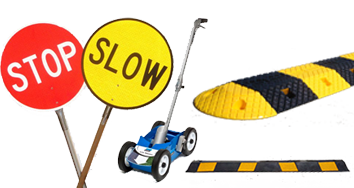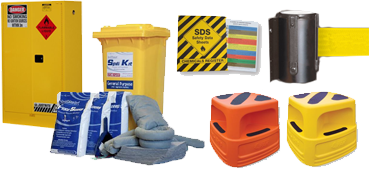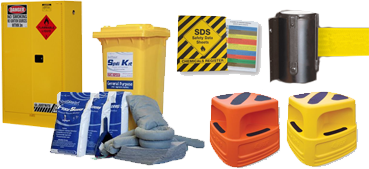Eye wash Standards in Australia refer to 'Primary' eye wash and 'Supplemental' eye wash stations.
But what’s the difference, and when should each be used?
Among other attributes:
Primary Emergency Flushing Units…
-
Activate within a second or less.
-
Operate hands free.
-
Simultaneously flush both eyes (or both eyes and full face depending on the type of Unit).
-
Connect to a plumed water supply or be self-contained and hold enough water to operate, full force for a minimum of 15 minutes at a time.
-
Must be located no further than 10-seconds from a potential hazard
-
Deliver no less than 1.5 litres a minute of tepid flushing fluid, preferably aerated.
-
Deliver potable (drinking) water, preserved water, or preserved buffered saline solution or other medical-standard water.
Supplemental Emergency Flushing Units…
-
Do not meet the requirements for primary response according to the current Australian Standard
-
Intended as a support system.
-
Cannot replace Primary Emergency Response Systems.
-
Usually located near a hazard and are used in the interim until someone reaches a primary station or on route to a medical care facility.
-
They do not provide 15 minutes of continuous, hands-free flushing.
-
Are often delivered in bottles or other smaller, portable stations.
To view our full range of Emergency Flushing Units for eyes, face and full body, Click Here.
